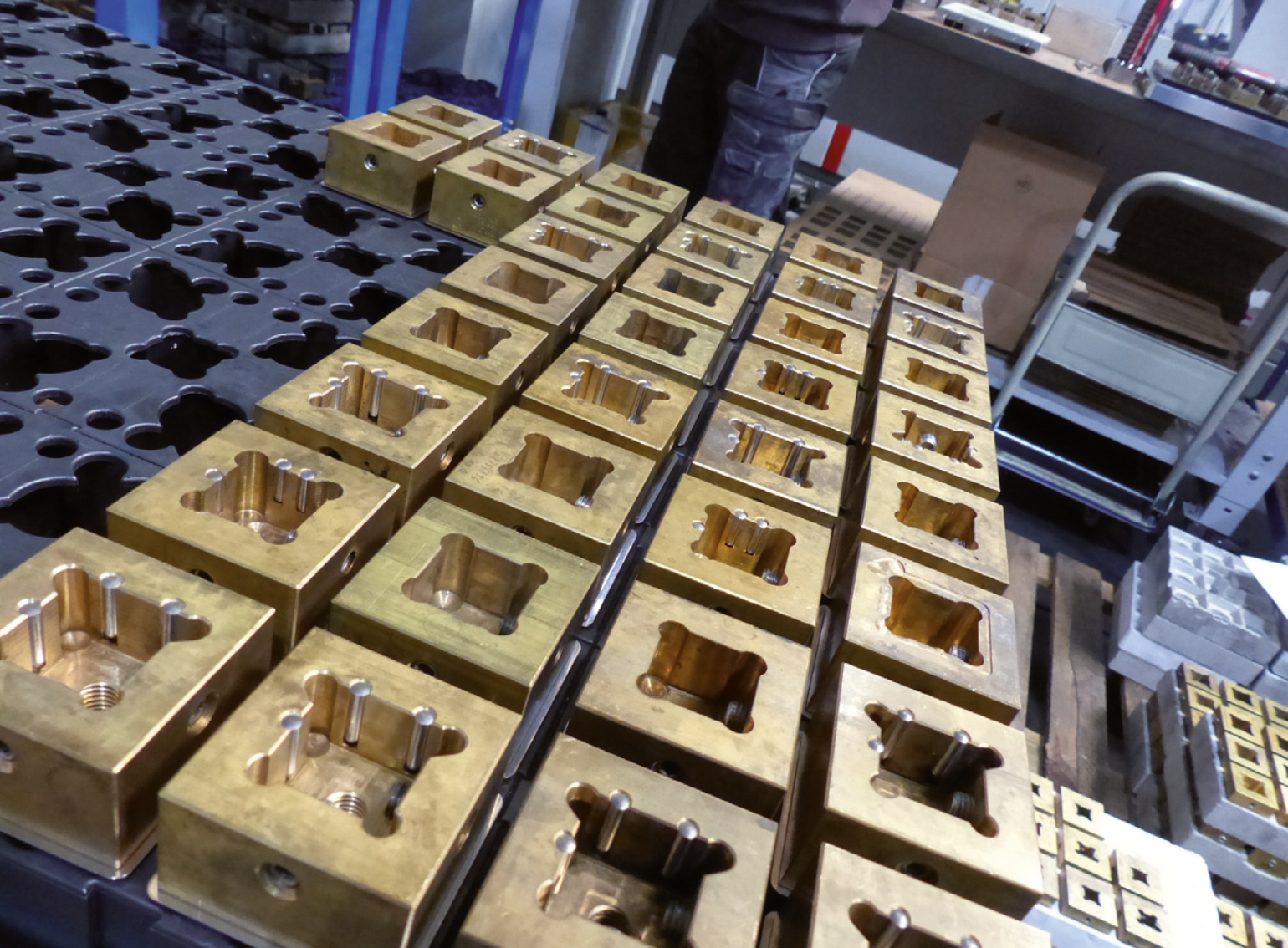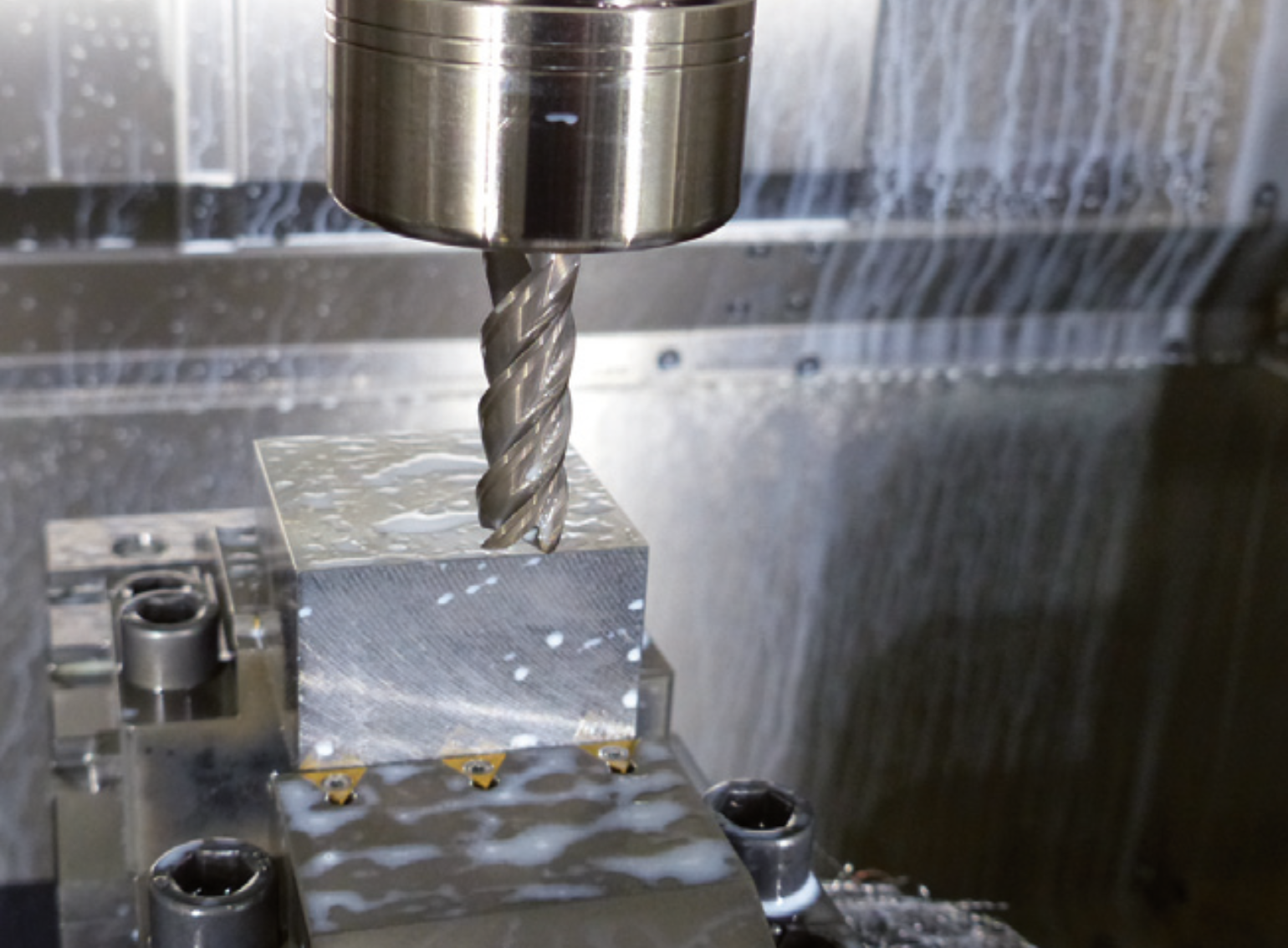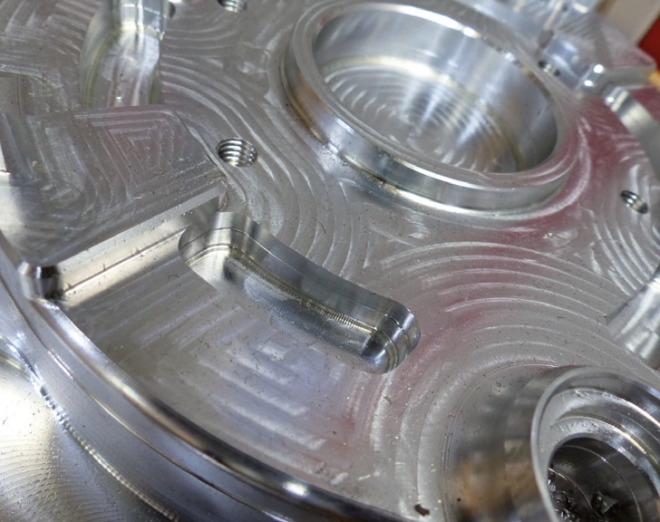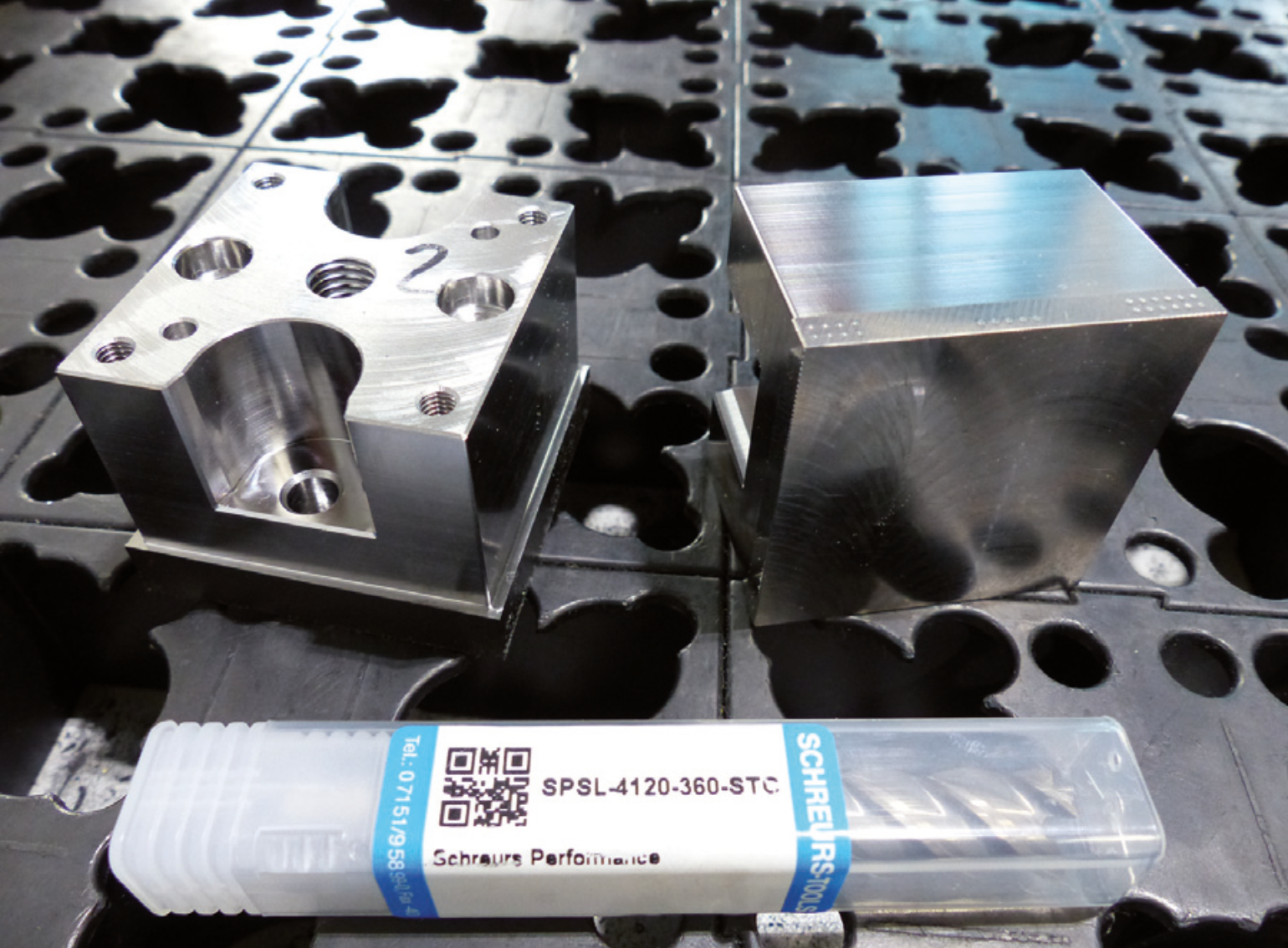Constant precision from January to December
The cost factor mentioned plays an important role for Andreas Rauchenberger. But a fundamental factor for him is process reliability: "In automated production, constant quality is an absolute must. In my opinion, this already begins with the manufacture of the tools. Fluctuations in substrates, coatings or even dimensional accuracy are an absolute no-go, because we have to reliably manufacture precision with a corresponding repeatability. We are therefore not necessarily looking for the second, but I have to be able to call up this precision from January to December. Of course, that also applies to the sister tools."
The primary objective in changing the milling tools, that the tool life and process reliability be maintained, and ideally improved, compared to the Ø 16 mm cutters, has been achieved, because the Performance Line, as a 4-flute HPC tool for roughing and finishing operations, also scores in terms of quality. With a much lower cutting pressure compared to the larger tools, the Ø 12 mm cutter runs smoother. This in turn has a positive effect on the cutting data, tool life and also the resulting better surfaces, especially when milling the 1.2085.
This is one of the reasons why Murnau now relies on Performance Line milling tools not only for milling electrode holders, but also for slides, inserts, etc. For Benjamin Hintz, CNC operator at TVB, this is a logical consequence: "First of all, it is the case that no other supplier was able to reproduce this machining with a smaller tool because the cutting edges were simply too short. But I see a really big advantage in the all-round properties of the milling tools. Whether it's aluminum, plastics, non-ferrous metals or steel up to 55 HRC, it works."
The attitude that you don't look for the second, you find especially in the tool and die industry, yes often. But it is also a fact that TVB, as a service provider, mills about 30,000 graphite electrodes per year. Between 80 and 85 percent of these electrodes are supplied to customers on a loan basis for 30 days as a packaging unit with a holder including a clamping spigot. So costs certainly do not play a minor role with these batch sizes.




